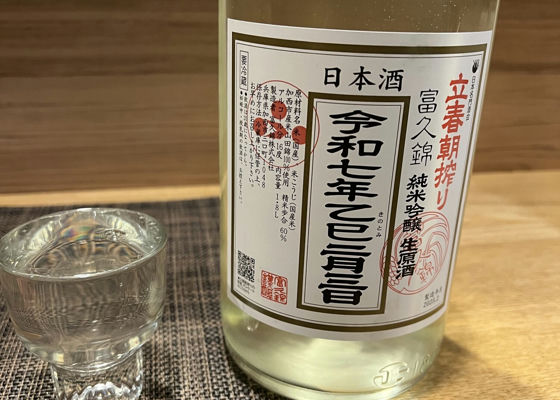
SakenowaRecord your sake experiences and discover your favorites
富久錦Fukunishiki
Flavor Chart®
A chart created from flavor analysis of user comments.

Flavor Tags ®
Tags generated from flavor analysis of user comments.
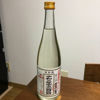
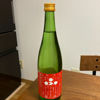
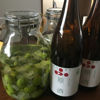
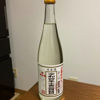
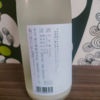
Popular Comments
It arrived just a few minutes ago.
This morning, the sake was pressed early in the morning.
It seems I forgot to buy it last year, but this year I reserved it and bought it.
I couldn't stand it, so I had a cup in my inoguchi.
I love Tomikunishiki, but this year's Risshun morning pressing has a little acidity, a clean throat, and not much of an aftertaste.
It's delicious!
Japanese>English
I went to the Tomikunishiki New Sake Festival yesterday and today.
I bought a bottle of Shiboritate and sake lees this year too.
I opened the bottle right away.
This year's Shiboritate seems to be more fruity than usual. It's delicious.
I love Tomihunishiki after all❤️.
Japanese>English
It's that time of year again ♪
We were able to get enough plums for two bottles, so we have two this year.
One of them, actually I couldn't pickle plums last year because of the bad harvest, so I left it, but I hope it's okay.
Basic shape and refreshing.
I'm looking forward to winter ☺️.
Japanese>English
Similar Brands
We analyze the flavors based on everyone's comments and select similar brands.
Niwa no UguisuSimilar Characteristics
TamajimanSimilar Characteristics
Location
1048 Mikuchichō, Kasai, HyogoOpen in Google Maps
Related Articles
阪神・淡路大震災の年から30年貯蔵。兵庫県・富久錦の長期熟成酒「1995」が、1/17(金)より50本限定で販売中 | 日本酒専門WEBメディア「SAKETIMES」
 日本テクノロジーソリューション株式会社(兵庫県神戸市)は、阪神・淡路大震災が発生した1995年1月17日に富久SAKETIMES | 日本酒をもっと知りたくなるWEBメディア
日本テクノロジーソリューション株式会社(兵庫県神戸市)は、阪神・淡路大震災が発生した1995年1月17日に富久SAKETIMES | 日本酒をもっと知りたくなるWEBメディア兵庫県加西市で味わう「富久錦」─ 旅に出たなら、御朱印ならぬ御酒飲を。 | 日本酒専門WEBメディア「SAKETIMES」
 旅に出かけたら、その土地の銘酒を味わうのも楽しいですよね。 訪れた証に、"御朱印"ならぬ"御酒飲"を。というこSAKETIMES | 日本酒をもっと知りたくなるWEBメディア
旅に出かけたら、その土地の銘酒を味わうのも楽しいですよね。 訪れた証に、"御朱印"ならぬ"御酒飲"を。というこSAKETIMES | 日本酒をもっと知りたくなるWEBメディアTimeline

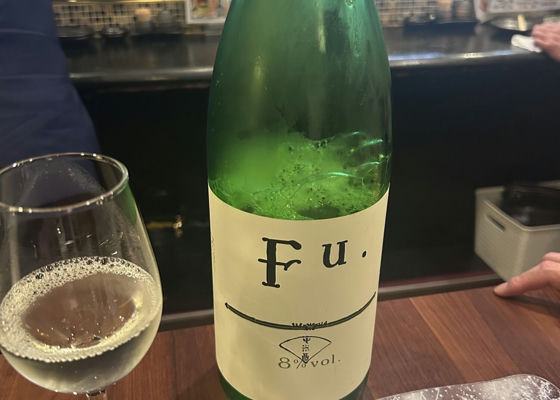
ひなち
★★★★☆
How I fell in love with sake: ❤️
Japanese>English
ヒロ氏
Hyogo Tomikunishiki Tehajime
Very sweet and full of acidity, with a light aftertaste that disappears quickly.
The alcohol is also light and not like sake.
Delicious, though.
Japanese>English
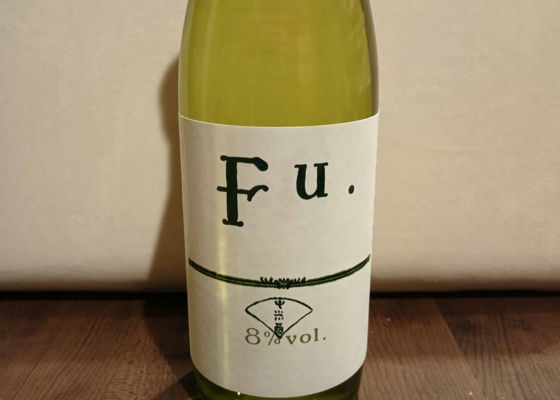
kawa
Sweet and sour, delicious cold, room temperature 331110
Tastes like an assorted plum wine.
Low 8 degrees Celsius
Japanese>English
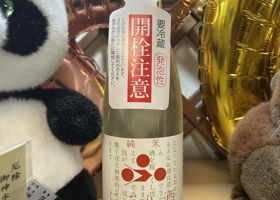
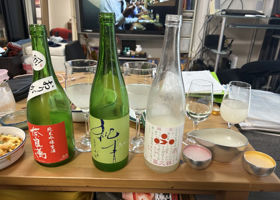
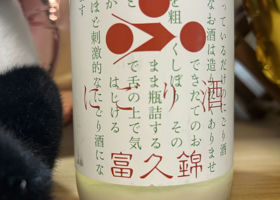
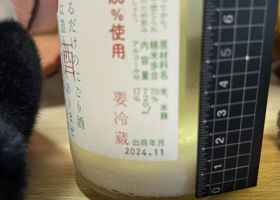
ヤスベェ
Spring Nigorinpik 77
From yesterday's Junsei brewed by Tomihisaiki, today we will have Tomihisaiki Junmai Nigori Sake for comparison 😀.
The color of Junmai nigori sake is very different from other pure rice nigori sake 🤣.
The taste also has a strong sweetness of the rice 😀.
However, the Junsei Junmai Nigorizake is also very light in color, and the taste of the rice is very good...it's hard to say which one is better 😇
Japanese>English
chika
Go to 100 🤣👍🍶✨✨
Japanese>English
ポンちゃん
Good evening, Yasubeyesan🦉.
Tomikunishiki, both brands look delicious 😊Thanks for the information about the brewery 🙏I would like to go there on foot 😊👣.
Japanese>English
Nao888
Good evening, Yasubeyesan 🌛It must be very special to visit the sake brewery you visited after crossing the mountains ✨But still, 77 is an amazing record for the Nigorinpic alone 😳.
Japanese>English
ヤスベェ
Hi chika 😀
I will pause the Spring Nigorinpic at 80 and reach 100 in the Summer and Autumn Nigorinpic 🤣.
Japanese>English
ヤスベェ
Hi Pon 😀
Fukura's food and drinks are worth the walk😇.
But it will take you 30 minutes one way from the nearest Hokkaguchi station😅.
They have tastings and I hope you'll enjoy it😇
Japanese>English
ヤスベェ
Hi Nao888 😀
Sake obtained from brewery tours tastes even better because even the memories are added to the taste😇.
This season started with new sake and more than 70% of the sake is nigori type 🤣.
Japanese>English
lune17
Delicious aftertaste. I like it a lot.
Japanese>English
Fukunishiki純米大吟醸 瑞福
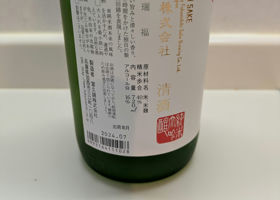
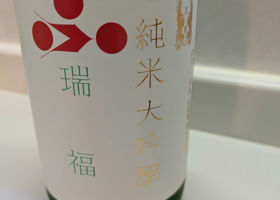
Fukunishiki純米 しぼりたて
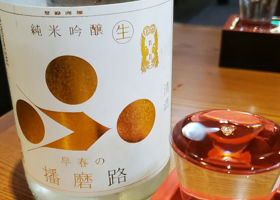
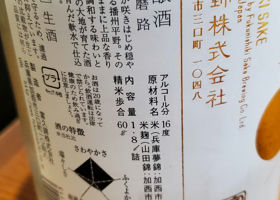
ぺっかーる
It is fresh and light.
It is light and refreshing.
The description of the store said "green apple".
If you say so, it is green apple.
It is very cold.
It is difficult to make it cold in the refrigerator at home.
It was very delicious!
Japanese>English
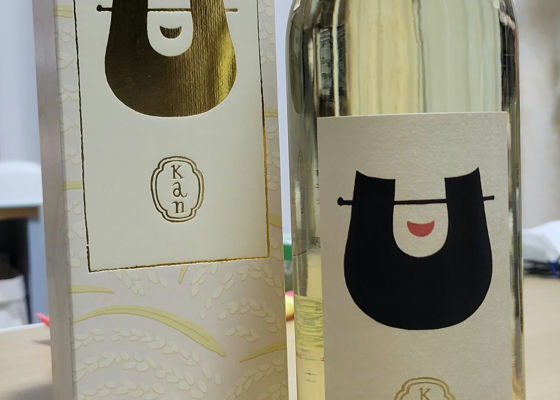
ゆゆゆ
A gift. Sweet! Just as the name says.
Japanese>English
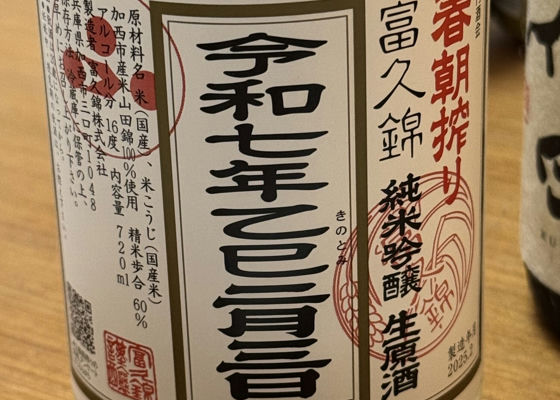
sunstar78
Acidity, melon flavor, sweetness, schwartziness, spiciness, bitterness
Japanese>English
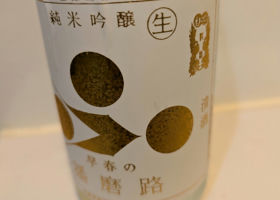
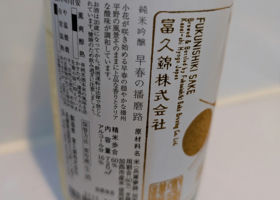
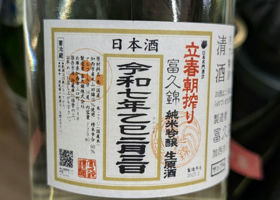
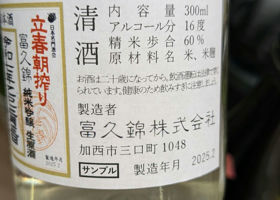
bouken
February Tasting Extravaganza at Icoma Sake Shop
Here is the extra edition.
We had a sample of Tomikunishiki Risshun morning pressing!
I was surprised that there was a sample of Tachiharu Asa Shibori!
This is the third time in five years that we have had the Tachiharu Asashiboshi from Fukyu Nishiki 😁.
It has a refreshing sweetness and light mouthfeel.
I think it was fizzy when I drank it in the past.
I haven't drank any Fukyu-Nishiki recently, so I need to try a variety.
Japanese>English
ポンちゃん
Hi bouken 🐦.
I like the fact that the Sandesi sample also has the Risshun Morning Squeeze label on it 😊The sample is also a morning squeeze, right? I'm sure you have a lot of different morning pressings and I'd love to have this one!
Japanese>English
bouken
Hi Pon, hello ☀.
They look cute like miniature bottles 😽.
I think if you put out a set of all the breweries in Sandesi, it would sell well 😁I would appreciate a smaller amount since some of the breweries have big taste changes 😅.
Japanese>English
hMzkVFV5AE
Non-intrusive, fruity and easy to drink
Japanese>English
Fukunishiki立春朝搾り乙巳(きのとみ)
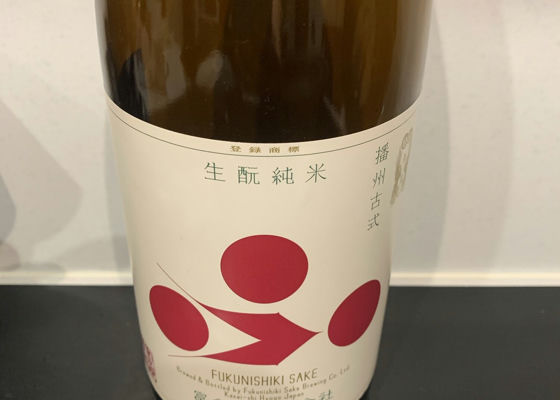
泥虎醒酔
It's like the old-fashioned sake I know. As soon as you drink it, you can smell the aroma of rice and the aroma of having been laid down for a while. After that, it spreads and blossoms in the mouth. In the back of the throat, a dry thunderbolt chills and smokes.
When it is heated up, the acidity stands out and the spiciness like sansho (Japanese pepper) dances on the tip of the tongue.
Japanese>English
